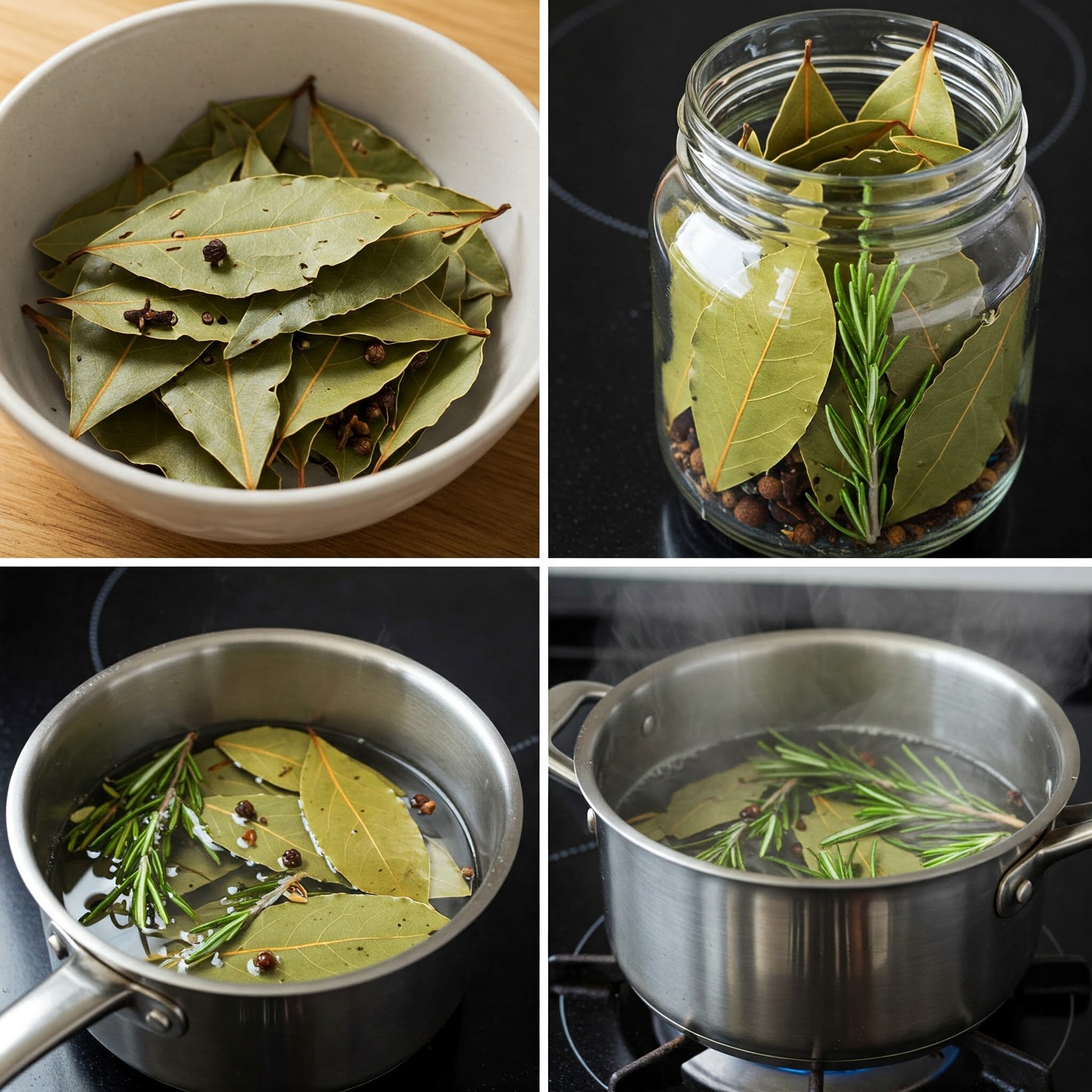ADVERTISEMENT
##### Medicinal Benefits of Cloves:
– **Antioxidant-Rich**: Cloves are one of the richest sources of antioxidants. The high levels of **eugenol** in cloves help neutralize free radicals, reducing the risk of chronic diseases such as cancer and heart disease.
– **Pain Relief**: Cloves have long been used to treat toothaches and dental pain due to their **analgesic** properties. Eugenol, the primary compound in cloves, acts as a natural numbing agent, making cloves a go-to remedy for relieving discomfort.
– **Antibacterial and Antifungal**: Cloves have strong antimicrobial properties, which makes them an excellent natural remedy for treating infections. They are often used in traditional medicine to treat colds, coughs, and digestive issues.
– **Digestive Aid**: Cloves can stimulate the production of digestive enzymes, improving the digestive process and alleviating indigestion, bloating, and nausea.
– **Blood Sugar Control**: Some studies suggest that cloves may help regulate blood sugar levels, making them particularly beneficial for individuals with diabetes.
– **Respiratory Health**: Cloves help to break down mucus and ease congestion, making them a useful remedy for respiratory infections and seasonal allergies.
### The Power of Combining Bay Leaf and Cloves
Now that we understand the benefits of bay leaves and cloves individually, let’s explore why combining them could offer an even more potent effect. Mixing these two ingredients enhances their natural properties and provides a range of applications, from culinary delights to therapeutic benefits.
#### **Synergistic Effect for Health**
When used together, bay leaves and cloves create a synergy that amplifies their individual healing properties. Their **anti-inflammatory**, **antioxidant**, and **antimicrobial** effects are enhanced when combined, making them a powerful remedy for a variety of health conditions.
##### Digestive Health:
Bay leaves and cloves are both excellent for digestion. Together, they can help alleviate bloating, indigestion, and nausea. The combination can also stimulate the production of digestive enzymes, aiding in the breakdown of food. In fact, both bay leaves and cloves are commonly included in **digestive teas** and tonics. The synergistic action of these two ingredients can provide a natural and soothing remedy for an upset stomach.
##### Immune Support:
Both cloves and bay leaves are known for their ability to support the immune system. Cloves contain **antibacterial and antifungal** compounds, which help fight off infections. Bay leaves, with their anti-inflammatory properties, can reduce the severity of symptoms from colds and flu. Together, these two ingredients can enhance your body’s ability to fight infections and recover faster from illnesses.
##### Pain Relief:
The **analgesic** properties of both bay leaves and cloves make them an excellent natural remedy for pain relief. Bay leaves can reduce joint pain and muscle soreness, while cloves have long been used to alleviate dental pain. When combined, these two ingredients can be used as a topical treatment for pain relief or even in an aromatic oil to help relax sore muscles and reduce headaches.
#### **Culinary Delight: A Flavor Explosion**
When combined, bay leaves and cloves create a unique and layered flavor profile that can elevate many dishes. Bay leaves provide an earthy, slightly bitter flavor that complements the warm, sweet spiciness of cloves. Together, they are particularly delicious in slow-cooked dishes like soups, stews, and curries, where their flavors can meld together.
The combination of bay leaves and cloves is often used in:
– **Stews and Soups**: The aromatic flavors of bay leaves and cloves add depth and complexity to broths and stocks.
– **Rice Dishes**: A few whole bay leaves and cloves added to rice while cooking will infuse the grains with a rich, earthy flavor.
– **Curries**: Both bay leaves and cloves are staples in Indian cuisine and are used in many curry recipes, contributing to the dish’s bold and aromatic taste.
– **Baked Goods**: While bay leaves are less commonly used in baking, cloves are often included in spice blends for cakes, cookies, and pies, particularly those with warm flavors like gingerbread or pumpkin pie.
For Complete Cooking STEPS Please Head On Over To Next Page Or Open button (>) and don’t forget to SHARE with your Facebook friends
